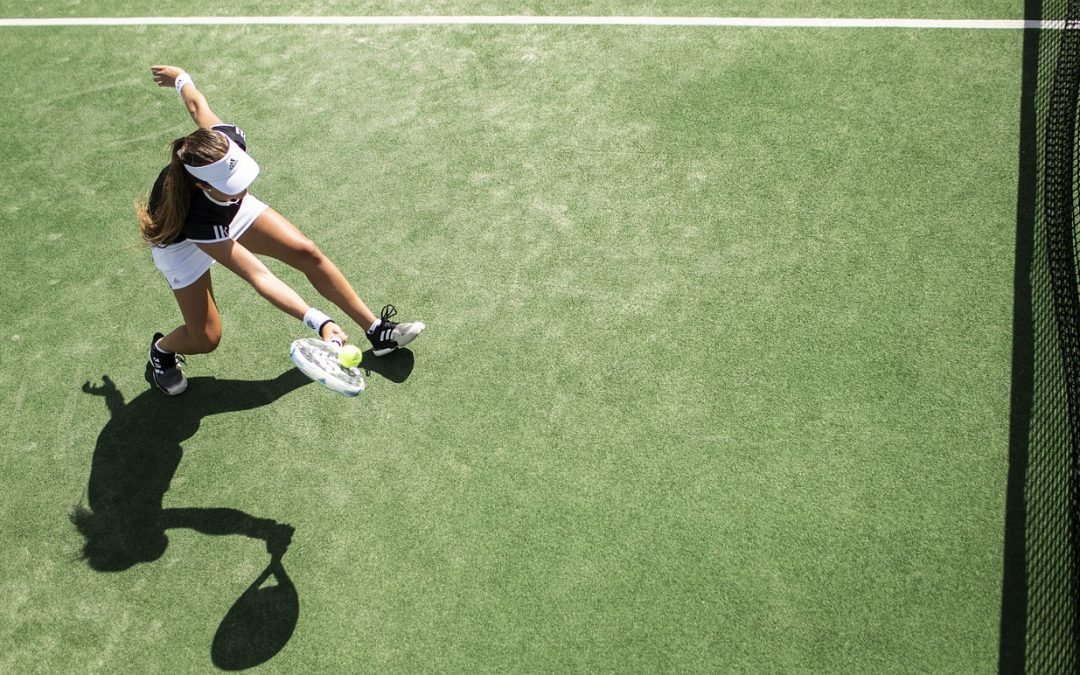We aren’t all tennis superstars, but what fitness lessons we can all take from the tournament? We’ll explore the transferable skills and capacities in this article.
What is Wimbledon?
Wimbledon is one of the four Grand Slam tennis tournaments (the others are the Australian Open, French Open, and US Open). It’s the oldest (founded in 1877) and the only major still played on grass. Wimbledon is perhaps the best-known tennis tournament in the world, thanks partly to its history and tradition which includes an all-white dress code.
What happened at Wimbledon 2024?
This year’s Wimbledon tournament started on July 1st and ended on Sunday July 15th. Top tennis stars were playing, including last year’s men’s winner Carlos Alcaraz (who beat Novak Djokovic in the men’s singles final) and Markéta Vondroušová (who won the women’s singles finals in 2023). Wimbledon always serves up its share of shock results, which happened in the first round when Vondroušová was knocked out of the tournament by world no. 83 Jéssica Bouzas Maneiro. The 2024 Wimbledon champions were Carlos Alcaraz and Barbora Krejčíková.
What makes a great tennis player?
You might not play tennis yourself, but it’s interesting to think about how we can all benefit from bringing a bit of tennis-style training into our own fitness routines. Tennis players need to be strong, agile, and be able to sustain their endurance over many hours. (Fun fact, the longest match at Wimbledon lasted 11 hours and 5 minutes and was played over three days!)
Speed and agility
Tennis is a fast game with lots of rapid directional changes. Players need to sprint across the court, stop abruptly, and change direction. Agility allows players to reach difficult shots and recover their position, while speed is essential for chasing down drop shots or rushing to the net.
Strength and power
The pace of the game has picked up, and today’s tennis players are considerably stronger than in previous decades. A powerful serve can give a player a significant advantage and strong groundstrokes can push opponents back, opening up the court for winners.
Fitness endurance
Power isn’t enough to win Grand Slams. Players need to maintain their energy and shot quality – the ideal combination is power plus endurance.
Hand-eye coordination
This is fundamental for tennis. Players must track a small ball moving at high speeds and contact it using whatever tactic they want to employ. Good hand-eye coordination means you’re more likely to time your shots, place the ball accurately, and adapt to incoming shots.
Mental skills
Tennis is a mental game, and players are alone on the court for many hours. Mental toughness allows players to stay focused, cope with setbacks, and manage their nerves when facing match points. Top tennis players are also strategic thinkers (a bit like chess players), able to analyse their opponent’s strengths and weaknesses, anticipate their next move, and adjust their tactics. A calm strategic player can outmanoeuvre a physically stronger opponent, especially over longer matches.
How has tennis training changed over the years?
Over the decades, tennis has become a high-intensity sport with strong, powerful, physically dominant athletes. This is reflected in modern tennis training, which includes strength and conditioning, uses data analytics, and incorporates recovery and injury prevention, specialist nutrition, and mental training.
These are the 5 top skills for tennis performance:
- Powerful and accurate serves
- Strong forehand and backhand
- Fitness endurance
- Ability to maintain stroke quality
- Footwork and court coverage
How do professional tennis players train for tournaments?
It’s unlikely that you’ll need to copy a professional tennis player’s year-round training strategy, but perhaps there are some elements you could bring into your own fitness routine? The most notable elements of tennis training are cardio fitness training (including sprints and other HIIT protocols), strength training, agility (including lateral movement work), and on-court practice such as drills, match simulation, and practicing certain shots.
If you don’t already do cardio conditioning, agility work, strength training, and mobility training, could you include these in your workout routine?
Workplace wellness lessons from Wimbledon
Tennis players might be alone on their side of the court, but getting them to that point takes a team of people. It turns out that tennis teaches us a lot about self-development, communication, and strategy – valuable lessons for the workplace.
- Continuous self-development through CPD and personal development – tennis players need to stay at the top of their game both in terms of tennis skills, and in mastering their emotions and reactions. How can we apply this mindset focus to our roles as managers, employees, and business owners?
- Having a growth mindset – tennis players can’t afford to let negative thoughts creep in during a match. A growth mindset is a valuable asset in all employees. If your workforce doesn’t already know the difference between fixed and growth mindset, can you help them identify their thought patterns and encourage more positivity?
- Encourage team work even in individual roles – tennis looks like an individual sport, but it takes a network of team members to get the player to the top. Can you use this analogy to encourage more team-thinking across your workforce, even in people who have a specific or niche role?
- Tennis as team-building – tennis is a great way to encourage more activity in your workforce, whether it’s offering discounted tennis access for workouts, or organising mini-tournaments in the summer.
As Wimbledon coverage ends for another year, let’s think about how we can stay inspired by the professional players – within both our fitness and work routines.



